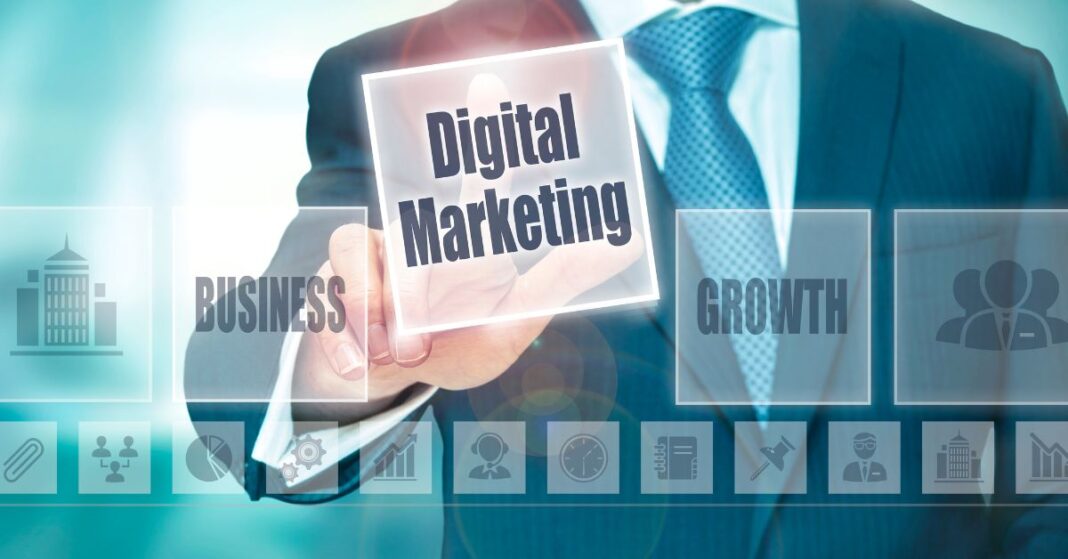The digital marketing landscape continues to evolve at a rapid pace, shaped by new technologies, shifting consumer behaviors, and global market demands. Businesses that stay ahead of these changes are better equipped to connect with their audiences, build brand loyalty, and drive growth. As we move into 2026, certain trends stand out as game-changers for companies of all sizes. Understanding these trends can help organizations make smarter investments and craft more impactful campaigns.
1. AI-Powered Personalization
Artificial intelligence has been steadily transforming marketing, but in 2026, personalization will reach an entirely new level. Brands are increasingly using AI to analyze customer data and deliver highly tailored experiences—from personalized product recommendations to adaptive email campaigns. This level of personalization goes beyond using a customer’s name; it involves predicting intent and offering relevant solutions in real time. Businesses that invest in AI-driven tools can foster stronger connections and increase conversion rates.
2. Short-Form Video Dominance
Video continues to be one of the most effective forms of digital content, and short-form videos remain at the forefront. Platforms like TikTok, Instagram Reels, and YouTube Shorts have set the tone for bite-sized, engaging storytelling. In 2026, businesses will prioritize producing quick, authentic, and entertaining video content that resonates with audiences who consume media on the go. The trend is clear: attention spans are shorter, but the demand for video is higher than ever.
3. Voice Search and Conversational Marketing
With smart speakers and voice assistants becoming mainstream, voice search optimization has shifted from a “nice-to-have” to a necessity. Businesses are optimizing their websites and content for natural, conversational language to capture voice-based queries. At the same time, conversational marketing tools like chatbots and virtual assistants are helping brands engage with customers instantly. In 2026, expect to see more businesses integrating voice-friendly strategies into their digital marketing plans.
4. Privacy and Data Transparency
As digital privacy concerns continue to grow, consumers are demanding more transparency from brands about how their data is used. Stricter regulations worldwide are forcing companies to rethink their data collection strategies. Businesses that embrace transparency, prioritize consent, and adopt privacy-first marketing will build greater trust with their audiences. This trend emphasizes the importance of balancing personalization with respect for consumer privacy.
5. Rise of Augmented Reality (AR) Marketing
AR is no longer confined to gaming or novelty apps—it’s becoming a valuable marketing tool. From virtual product try-ons in retail to interactive branded experiences, AR allows customers to engage with products in a unique and immersive way. In 2026, more businesses will incorporate AR into their campaigns to stand out from competitors and create memorable customer interactions.
6. Sustainability and Purpose-Driven Campaigns
Modern consumers care deeply about the values behind the brands they support. Companies that highlight sustainability, social responsibility, and ethical practices in their marketing will gain an edge. In 2026, expect purpose-driven campaigns to move from trend to standard practice, as audiences increasingly hold brands accountable for their environmental and social impact.
7. Integration of Marketing and Creative Strategy
One of the most important shifts in 2026 will be the deeper integration of marketing and creative storytelling. Businesses will focus not only on data-driven strategies but also on crafting meaningful narratives that resonate emotionally with audiences. Agencies that excel at merging creativity with analytics—like digital prodigy – marketing & creative agency—illustrate how the future of marketing lies in balancing both sides of the equation: numbers and narrative.
8. First-Party Data Collection
With the decline of third-party cookies, businesses are investing heavily in first-party data collection. Building direct relationships with customers through loyalty programs, surveys, and interactive content helps brands collect valuable insights without relying on external sources. This approach not only strengthens customer relationships but also provides a competitive advantage in personalization and targeting.
9. Expansion of Social Commerce
Shopping directly through social platforms has become a common habit for many consumers. In 2026, social commerce will expand even further as platforms roll out more seamless checkout options and personalized shopping experiences. Businesses that adapt their strategies to these channels will capture new opportunities to drive sales directly within the social ecosystem.
Conclusion
The digital marketing landscape in 2026 will be defined by innovation, personalization, and purpose. From AI-driven campaigns and AR-powered experiences to sustainability and data transparency, the trends shaping the future are both technological and ethical. For businesses, staying ahead means not just adopting new tools but also understanding the deeper shifts in consumer expectations. By blending creativity with strategy and keeping an eye on emerging opportunities, organizations can thrive in the ever-changing world of digital marketing.
